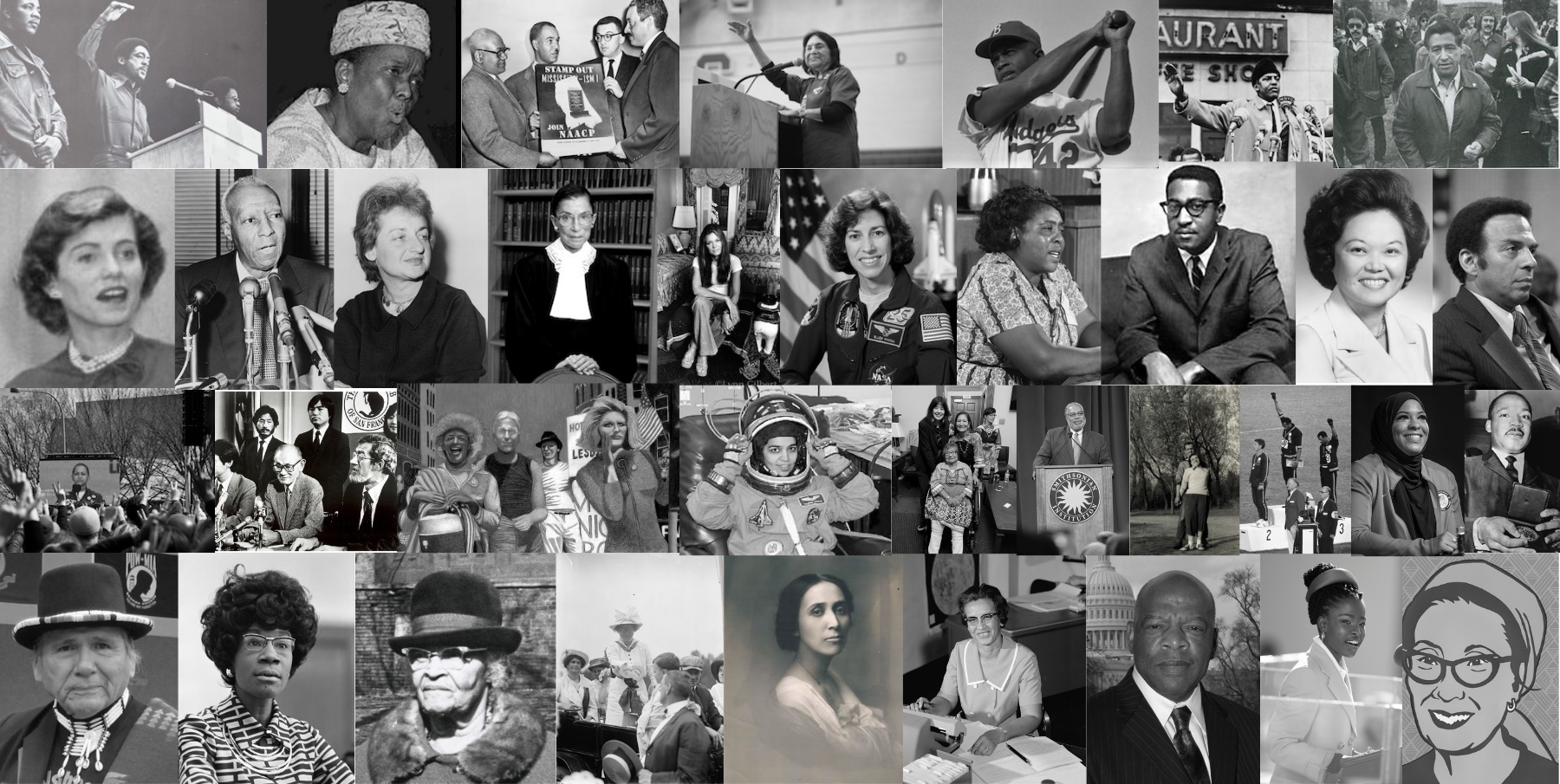According to the National University Library System, 85% of the K-12 textbook industry in the United States is dominated by Pearson Education, Inc., Houghton Mifflin Harcourt, and McGraw-Hill Education (“Common Core Resources: Textbook and Publisher Resources”). If these publishers dominate the industry, then these textbooks dominate the social studies education as well. Who is being talked about in these books, and more importantly who is missing? Each case study represents a close analysis of people mentioned in textbooks from the main publishers of the industry.
Comparative Analysis
Each publisher and textbook represent varying techniques to learning U.S. history. While some focus on primary documents and others focus on everyday Americans, they all have one thing in common: the linear and triumphal narrative of American history. This is accomplished through recognizing so-called heroes in positions of high leadership. Throughout this data, there is significant attention payed to white men in positions of power. This raises the question: Does attention plus significance in fact equate to a hero? In America’s textbooks, it is not just about the concept of hero, but also who we pay attention to.
People by Name
In all three textbooks, the top two mentioned people are Richard Nixon and John F. Kennedy. Across three textbooks, Richard Nixon and John F. Kennedy are the top two most referenced individuals. In two out of the three, the third most mentioned person is Lyndon B. Johnson. Almost all of the Americans mentioned are white, leaving only Martin Luther King, Jr., Rosa Parks, Barack Obama, and Malcolm X to represent an entire population of Black Americans. The only two women mentioned in the top listings of all three of the textbooks are Rosa Parks and Hillary Clinton. There are more international dictators from other countries than American activists. While this points to the emphasis on foreign policy, it leaves out the vast majority of diverse individuals who made significant contributions to the nation.
People by Gender
People by Race
People by Role
Missing Voices
In all cases, there are more international figures mentioned than Latin Americans and Native Americans combined. The number of international figures mentioned is about the same as African Americans mentioned throughout each textbook. This suggests a huge hole in the history of the United States. It takes away the relevance for the vast majority of Americans who cannot relate to the past because their heritage and stories are erased and forgotten.
A common thread throughout the three textbooks examined is that people only get mentioned by name when it relates to politics, including domestic and foreign policy. When it comes to social justice movements, very few people are mentioned by name. An entire movement is attributed to the larger group. This means that those people are virtually invisible and erases any chances of finding a person to relate to. The people missing from these narratives are the new heroes that this project seeks to identify.
This research was completed from October 2018 to April 2019. To learn more about the research process, please see our data and methods outline.
